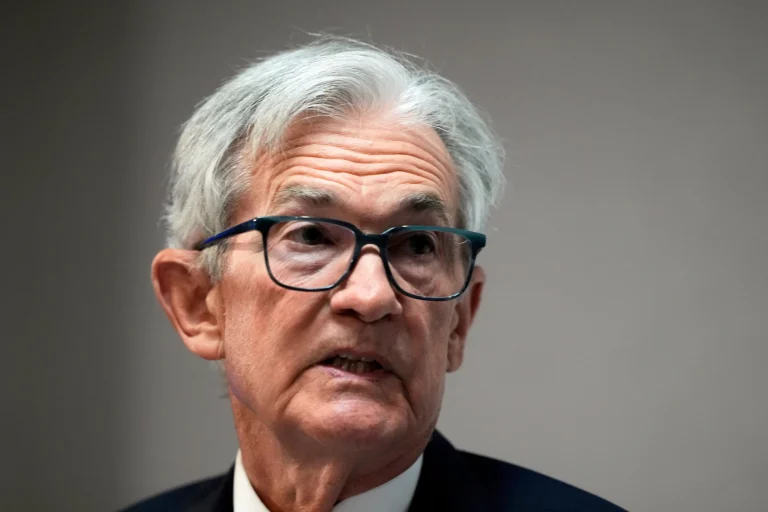
The Federal Reserve recently decided to keep interest rates unchanged, signaling caution amid growing economic uncertainty. This decision comes as the Trump administration continues to implement tariffs on various goods, impacting industries and consumers alike. Interest rates are the cost of borrowing money, while tariffs are taxes on imported goods. The Federal Reserve’s warning about uncertainty in 2025 highlights concerns about the long-term effects of these policies.
Economic Impact of Trump Tariffs
The Trump administration has imposed tariffs on goods from China, the European Union, and other trading partners. These tariffs target steel, aluminum, and technology products, among others. Industries like manufacturing and agriculture have faced higher costs, leading to reduced profits and job losses. For example, soybean farmers saw exports to China drop significantly due to retaliatory tariffs. Consumers have also felt the impact, with prices rising on everyday items like electronics and appliances.
Retaliatory tariffs from other countries have hurt U.S. exports, particularly in sectors like agriculture and automotive. This trade tension has created inflationary pressures, where prices rise across the economy. Reduced economic growth is another concern, as businesses face higher costs and lower demand for their products.
Federal Reserve’s Decision to Maintain Rates
The Federal Reserve chose to leave interest rates unchanged to avoid slowing economic growth further. Key indicators like inflation, employment, and GDP growth influenced this decision. Raising rates could make borrowing more expensive, hurting businesses and consumers. The Federal Reserve aims to balance economic growth with the risk of inflation, using monetary policy to manage these challenges.
Uncertainty in 2025: Predictions and Concerns
The Federal Reserve warns of growing uncertainty in 2025, driven by ongoing trade tensions and potential tariff escalations. Geopolitical events, such as conflicts or shifts in global trade policies, could further disrupt the U.S. economy. This uncertainty can lead businesses to delay investments and consumers to cut back on spending, slowing economic activity. The risk of a recession increases in such an environment, prompting the Federal Reserve to consider measures like lowering interest rates to stimulate growth.
Impact on Financial Markets
The Federal Reserve’s decision and warnings have caused fluctuations in financial markets. Stock prices and bond yields have been volatile as investors react to the uncertainty. Increased market volatility can make it harder for businesses to plan and for consumers to save. The housing market may also feel the effects, with mortgage rates potentially rising. The value of the U.S. dollar could fluctuate, impacting international trade and the cost of imports.
Strategies for Businesses and Consumers
Businesses can navigate this uncertain environment by diversifying supply chains and reducing reliance on specific markets. Managing costs and finding new revenue streams can help maintain profitability. Consumers should focus on long-term financial planning, such as saving for emergencies and reducing debt. Staying informed about economic trends can help both businesses and consumers make better decisions.
The Federal Reserve’s decision and warnings highlight the challenges of the current economic climate. Understanding the impact of tariffs, interest rates, and uncertainty is crucial for navigating the years ahead.












